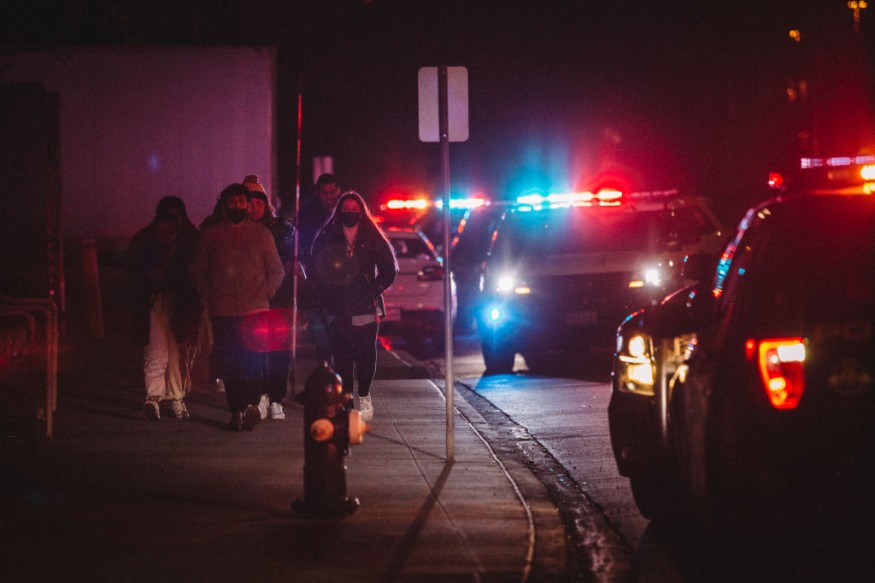In recent years, the government and its corresponding agencies have dived deep into innovative technologies powered by artificial intelligence and machine learning. Among the purposes of these developments were utilized in the security divisions to improve the safety of citizens and minimize the crime rate.
Despite the advancements in anti-crime AI systems, many groups were doubtful about using the technology in policing due to the discrepancies observed in systemic biases of police enforcement and its association with crime and communities.
Bias in Police Response

In a new study, scholars from the University of Chicago assembled a better approach to forecasting criminal activities through a complex algorithm that analyzes and learns the patterns and geographic locations of property and violent crimes.
The team behind the research, including social and data scientists, said that the AI model could predict crimes one week before it transpires with an accuracy of up to 90 percent.
A separate observation from the experts also studied how the incident reports and their rates across neighborhoods with various social statuses equate to the response of the local enforcement.
Through this model, scientists learned that crime in wealthier places results in more arrests compared in low to mid-income neighborhoods. The criminal activities in disadvantaged communities frequently result in lower arrests, implying that there is indeed bias in police response and enforcement.
University of Chicago's medicine specialist and senior author of the study Isahnu Chatoopadhyay explained in a report that the results show how the local police truly require more resources to arrest criminals in wealthier areas and how this leads to the lack of time and attention to crimes on other places with relatively lower socioeconomic status.
AI for Crime Prediction
The AI algorithm was tested and validated using the recorded crimes in Chicago City's history. These crimes were classified into two major reported events, particularly property and violent crimes, that include activities like thefts, burglaries, assault, batteries, and homicide.
The scholars selected the city as it matches how most urban areas report crimes to the police and how certain communities in it have a prevailing distrust and lack of cooperation with the authorities.
Previous crime prediction models rely on a seismic or epidemic approach, in which the data focuses solely on hotspots of cases. This approach is not beneficial, according to scientists, as it ignores other factors such as the complexities of the relationship between social environments and its war on crime.
The new AI algorithm could isolate a crime by measuring the spatial coordinates and time of discreetly-matching crimes to predict patterns of future events. Results were effective not just with the data in Chicago City but also in other large cities.
Sociology expert and co-author of the study James Evans said that the model demonstrates how essential it is to analyze and predict reported crimes as it generates an entirely new perspective on how neighborhoods function and allows to formulate new categories and questions for the evaluation of the police action in various, better ways.
The study was published in Nature Human Behaviour, titled "Event-level prediction of urban crime reveals a signature of enforcement bias in US cities."
RELATED ARTICLE : Novel Artificial Intelligence Can Determine Distress Calls From Chickens With 97% Accuracy
Check out more news and information on Artificial Intelligence in Science Times.
© 2025 ScienceTimes.com All rights reserved. Do not reproduce without permission. The window to the world of Science Times.











